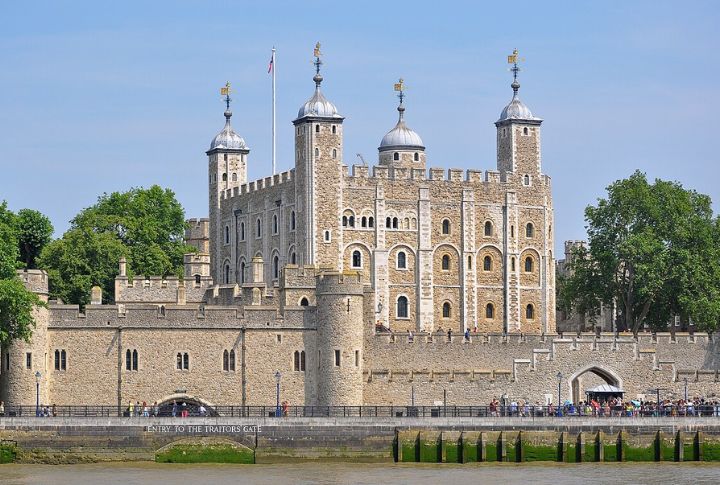
Ghostly whispers echo in the stone corridors, where history drips from every weathered brick. The Tower of London, looming over the Thames, holds more than just royal jewels—it hides centuries of intrigue, betrayal, and forgotten secrets. Did a raven’s fate truly determine the kingdom’s survival? Step beyond the legends and uncover the truths buried within its walls.
The Tower Was Once A Royal Zoo

Exotic beasts once roamed the Tower grounds. For over 600 years, lions, leopards, monkeys, and even a polar bear—gifted by Norway in 1252—were kept as royal pets. The bear, tethered yet allowed to fish in the Thames, became a spectacle for Londoners until the menagerie moved to Regent’s Park in 1835.
A Prison That Held Royalty
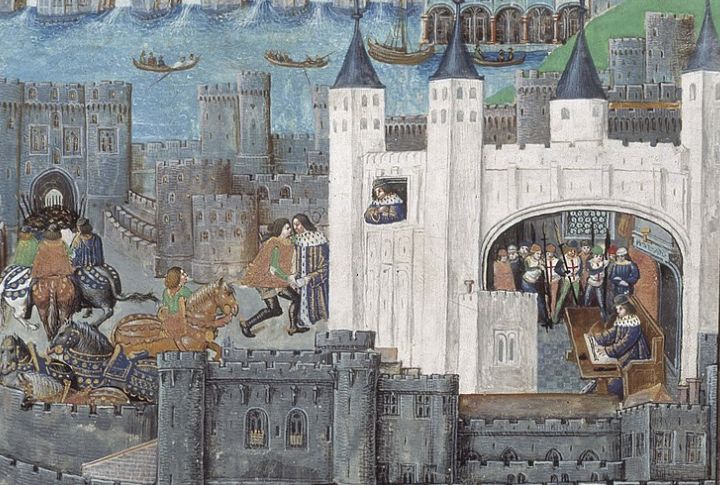
Despite its grim reputation, the Tower didn’t just imprison common criminals. Before taking the throne, Queen Elizabeth I was locked in the fortress under suspicion of treason. Anne Boleyn, Lady Jane Grey, Catherine Howard, and a 33-year-old Henry VI were trapped behind its formidable gates, where they awaited uncertain fates.
The Mysterious Disappearance Of The Princes
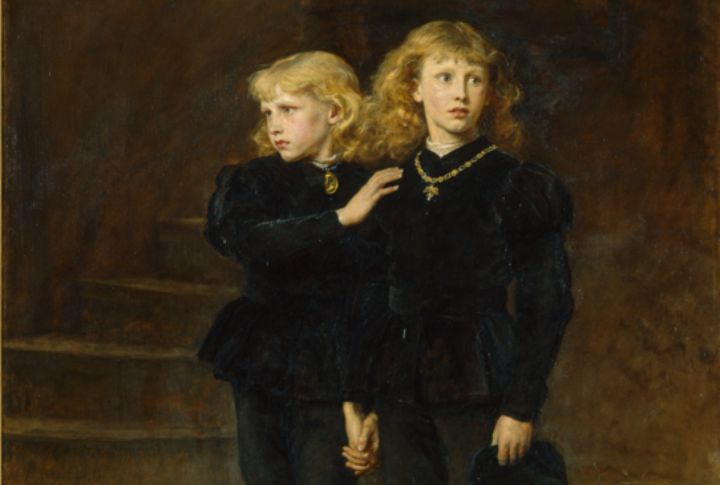
In 1483, the young Edward V and his brother Richard vanished within the Tower’s walls, never seen again. Their uncle, Richard III, was suspected of eliminating them to claim the throne. Centuries later, skeletons were buried under a staircase, fueling one of England’s greatest mysteries.
The Bloody Wake Of Lady Jane Grey
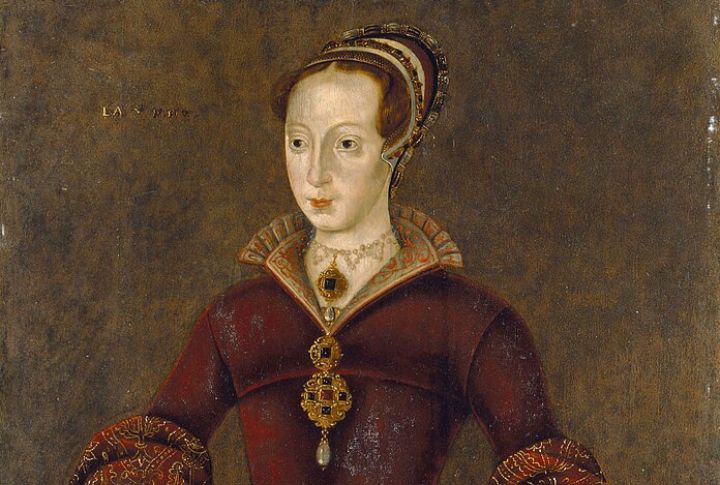
Lady Jane Grey ruled for nine days before being imprisoned and executed at the Tower in 1554. Her final words, spoken before the axe fell, were of mercy and faith. Legend claims her ghost still wanders the battlements, her pale form seen near the execution site.
The Tower Once Had A Pub
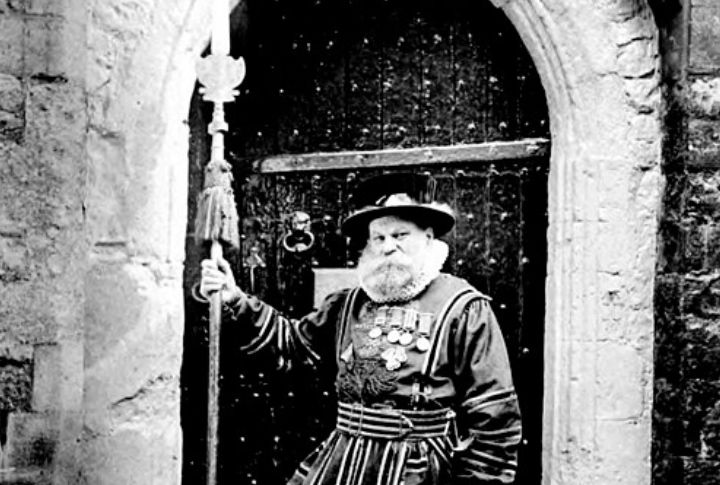
Amidst the executions and imprisonments, there was also a place to drink. The Yeoman Warders, known as the Beefeaters, ran a private pub within the Tower called The Keys. Exclusive to residents and staff, it remains operational today, offering pints where kings once fell.
The Tower’s Oldest Graffiti
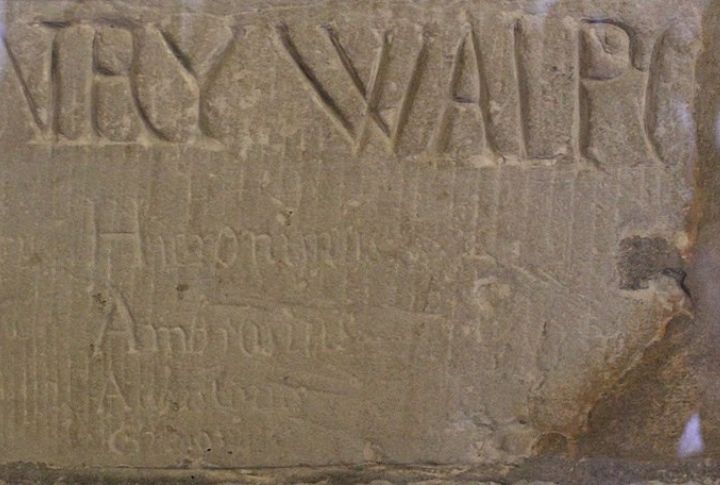
Prisoners carved desperate messages into the stone walls, some still visible today. The most haunting belongs to Jesuit priest Henry Walpole, who etched his name before his execution. Ratched by hands that never saw freedom again, these inscriptions serve as eerie echoes of lost voices.
A Raven Prophecy Holds The Kingdom’s Fate

For centuries, a prophecy warned that the kingdom would fall if the ravens ever left the Tower. To prevent disaster, Charles II ordered at least six ravens to be kept there at all times. Today, their wings are clipped in case history dares to test the legend.
The Execution That Went Wrong
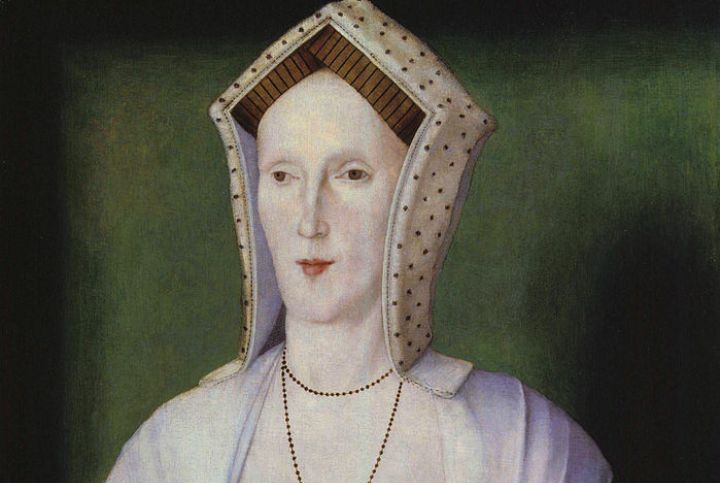
In 1541, Margaret Pole, Countess of Salisbury, faced a brutal execution. When the axeman failed his first strike, she broke free in terror, but guards quickly recaptured her. What followed was a horrific scene—ten clumsy blows before the execution was complete. Her violent end remains one of the Tower of London’s darkest tales.
The Secret Tunnel Theory
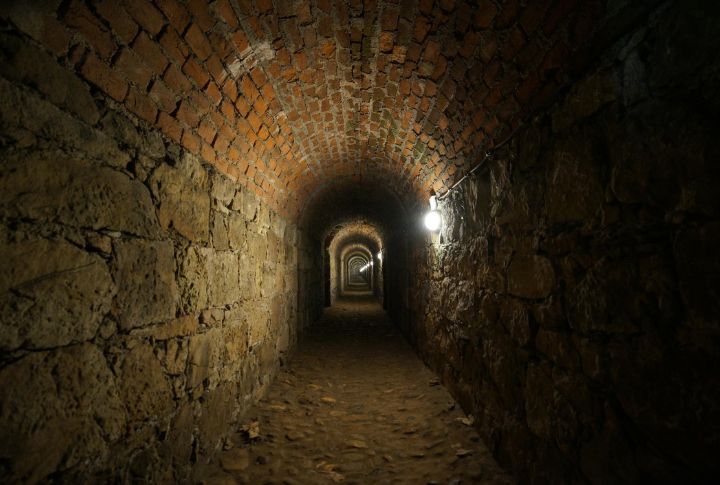
Rumors swirl of hidden tunnels beneath the Tower, which connects to Westminster and beyond. Some believe they were used for secret escapes, though no official records confirm their existence. The occasional ground collapses near the fortress may hint that London’s underground still hides its mysteries.
The Ghost Of Anne Boleyn Lingers
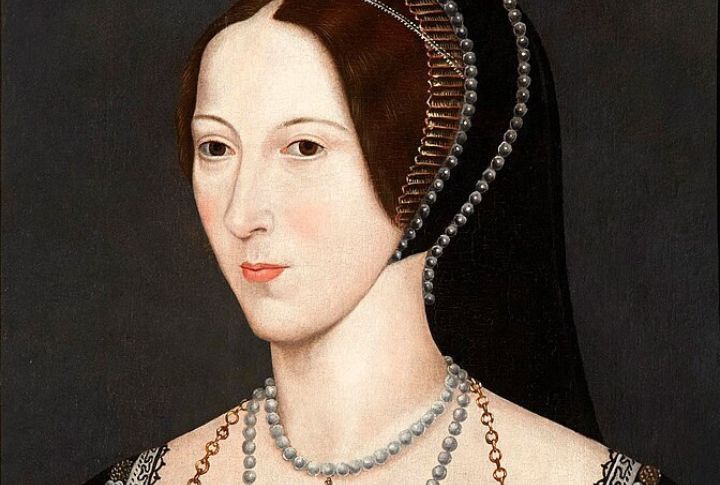
Executed in 1536, Anne Boleyn is the Tower’s most famous specter. Guards report seeing her headless figure gliding through the chapel of St. Peter ad Vincula. Some claim she clutches her severed head, while others insist her tragic spirit refuses to leave the place of her demise.
WWII Prisoners Were Held In The Tower
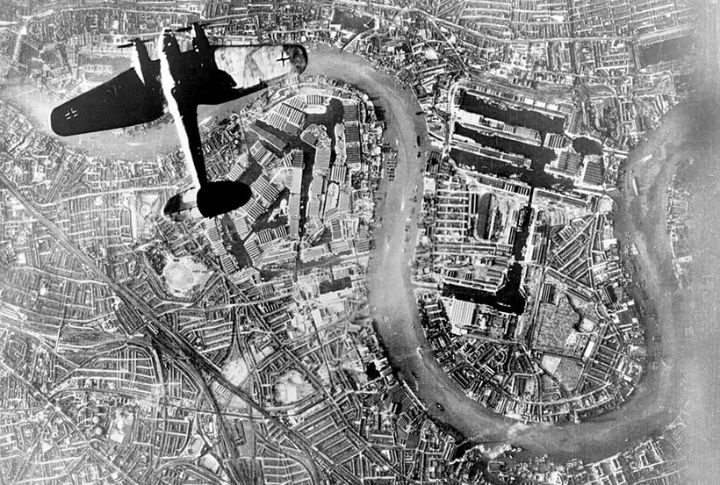
During World War II, the Tower briefly resumed its role as a prison. In 1941, Nazi officer Rudolf Hess, Hitler’s deputy, was held within its stone walls after his mysterious flight to Britain. He remains one of the last official prisoners, marking the Tower’s final chapter as a place of confinement.
The Tower Once Had A Moat—And It Was Disastrous
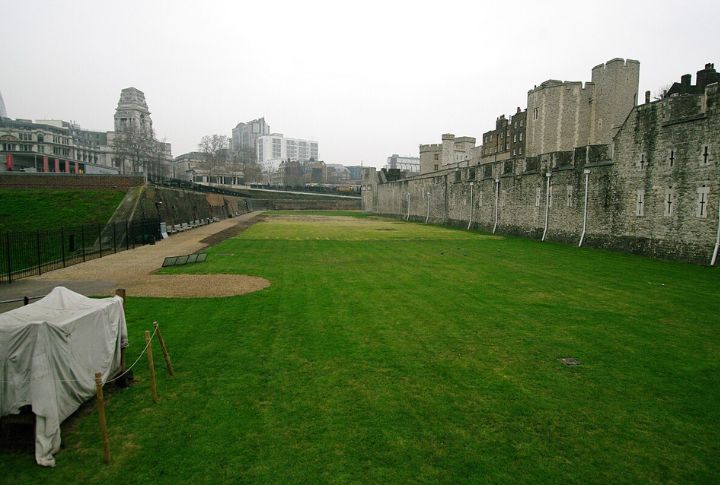
Once a protective barrier, the Tower’s moat had turned into a foul, stagnant cesspool by the 19th century. Rampant disease, including cholera outbreaks, led to its drainage in 1843. Today, the dry moat serves as a venue for events, most notably the Tower’s iconic poppy memorial honoring fallen soldiers.
The Tower’s Oldest Inhabitants Are Not Human
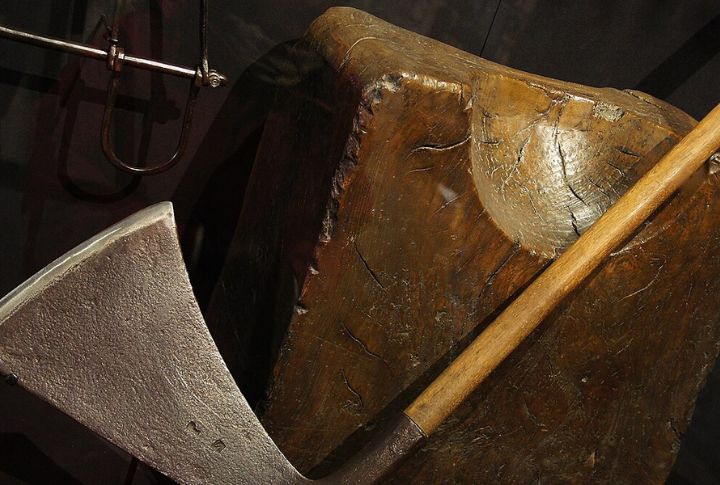
Aside from the famous ravens, another ancient resident lurks in the Tower. A 600-year-old wooden execution block remains on display, scarred by centuries of use. It once bore the weight of countless condemned souls, including the ill-fated Queen Catherine Howard.
The Beefeaters Have A Dark Initiation
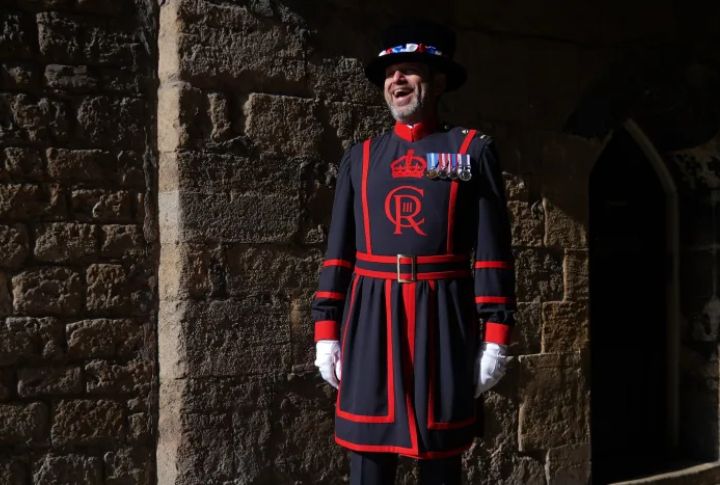
Becoming a Yeoman Warder isn’t just about wearing the uniform. Recruits must undergo an eerie initiation, spending a night alone in the Tower: some report strange noises, whispers, and even the chilling feeling of unseen hands brushing against them.
A Secret Message In The Crown Jewels Exhibit
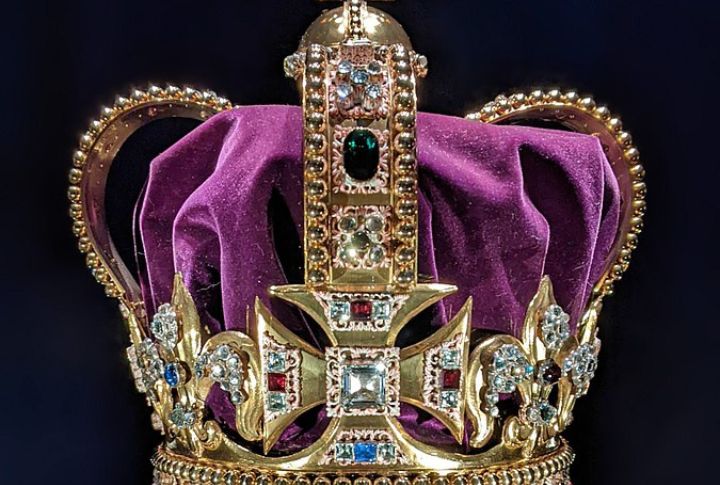
Among the dazzling gems, one exhibit holds an unexpected detail. A subtle inscription inside the Imperial State Crown reads “Dieu et mon droit,” the royal motto meaning “God and my right.” Hidden from plain sight, it reinforces the monarchy’s divine claim to rule.
The Tower’s Oldest Ceremony Still Happens Every Night
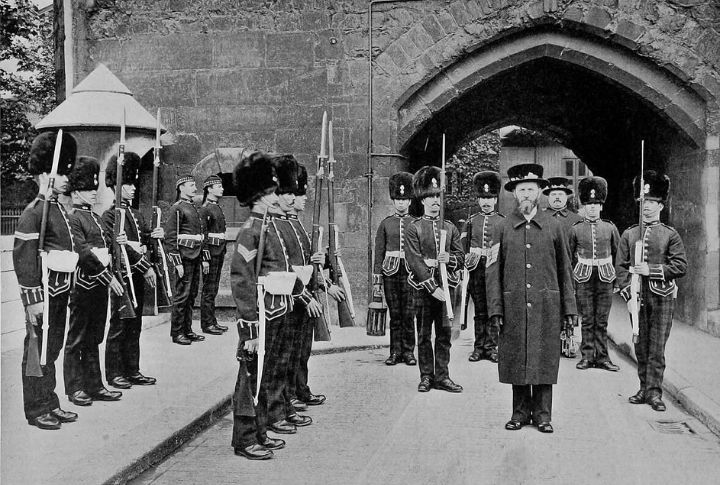
A 700-year-old tradition known as the Ceremony of the Keys occurs every evening as the main gates are locked. The ritual, performed by Beefeaters, has never been interrupted—even during air raids in World War II. A reminder that even in chaos, some traditions endure.
The Tower Was A Royal Mint
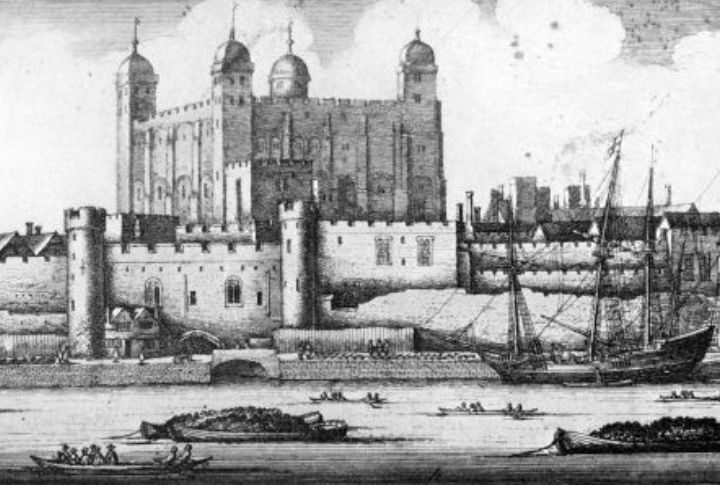
For nearly 500 years, coins were minted within the Tower’s walls. Counterfeiters faced severe punishment, with some being boiled alive for their crimes. Today, the site where England’s currency was once struck serves as an exhibition on its monetary history.
A Lost Royal Crown Lies Beneath The Tower

Legend claims King John’s lost crown jewels may still be buried beneath the Tower. After losing his treasure in a marsh in 1216, desperate attempts to recover the riches failed. Some believe a portion of the missing fortune remains secretly hidden within the fortress.
The Tower Was Nearly Destroyed

Flames threatened to consume the Tower during the Great Fire of London in 1666. Firefighters worked relentlessly to protect the White Tower, as an explosion of gunpowder stores would have leveled much of the city. A second catastrophe narrowly missed London that day.
A Ceremony Marks Every Monarch’s Death

When a British monarch dies, the Tower’s constable declares their passing in a solemn ceremony known as the Constable’s Dismissal. This rare event, unseen by the public, symbolizes the transition of power, which marks the Tower’s continued role in royal traditions.
